He is currently preparing to build another stilt house to display his works.
Ia Lau commune has more than 2,200 households with about 92% of ethnic minorities, of which the majority are Muong ethnic people who migrated under the Da River Reservoir Migration Project ( Hoa Binh Hydropower Plant) since the early 90s of the last century. The whole commune currently has about 40% of the northern ethnic minority households living in stilt houses. Visitors from afar cannot help but be impressed by the "high-legged" houses arranged along the road into the commune or faintly under the shade of trees.
The stilt house of sculptor Trieu Tien Dung is easily recognizable not because of its grandeur but because it is in harmony with the surrounding green landscape, with ponds, lawns and poetic, rustic miniatures. The more intense the sun, the more the hundreds of bougainvillea trees in the 6-acre estate bloom brilliantly, enhancing the beauty of the landscape. Notably, the person determined to build a Muong stilt house to stay has no roots with the people here.
The stilt house of sculptor Trieu Tien Dung's family is located in a harmonious, green space. Photo: LN
Mr. Dung's hometown is Thanh Hoa . In 2009, he graduated from the Faculty of Sculpture (Hue University of Arts). After that, he became an Art teacher at Pham Hong Thai Primary School (Ia Lau Commune). As soon as he set foot in this land, he was fascinated by the beauty of the stilt houses that the Muong people built as a way to preserve their homeland's identity.
He analyzed: Muong stilt houses are open and airy. The roof is inclined about 60 degrees, from afar the house looks very bright. The space arrangement is also spacious thanks to the application of the technique of making "hiding pillars".
That means that although the house is imposing, there are many supporting columns under the house, but the living space above is spacious, like a hall because it can "hide" the columns while still ensuring technical standards. This architectural style is suitable for the constant hot climate of the border commune.
After getting married, in 2013, Mr. Dung started building the first Muong stilt house with ca chit wood, with a floor area of about 90 square meters , with the help of a group of 10 workers from Hoa Binh.
To suit the living needs, some details of the house have been modified by him. For example, the original Muong stilt house does not use partitions to separate the space but instead adds cabinets, shelves or uses curtains, but Mr. Dung boldly and intentionally separates the house into 1 living room and 3 bedrooms; instead of being 1/3 high, the window bars are pushed up completely to ensure the safety of children...
Another detail that makes this stilt house different from the surrounding houses is that there are many artistic paintings hanging, just like the owner's personality.
The 9-step staircase is typical of a Muong stilt house. Photo: LN
However, the house is "very Muong" with the stairs on the left and has 9 steps as standard (some houses have stairs with only 5-7 steps depending on the height from the ground but it must be an odd number).
Unlike the Central Highlands people, the Muong people do not cook right in the stilt house but separate it into a separate room.
That's why, after completing the house, Mr. Dung continued to save up to buy the stilt house of a Muong family who wanted to sell it to move to the district to live with his children, then bought more wood removed from the Bac Thai village hall (same commune) to build a separate kitchen nearby.
Mr. Dung said: It took him 7 years to build 2 stilt houses and complete the landscape as it is today. Under the stilt house are arranged several sets of chairs, wooden benches for sitting and enjoying the cool breeze, and decorations. Ms. Do Thi Vuong (Mr. Dung's wife) also introduced some of the Muong people's daily necessities that he collected and crafted, such as rice pounding mortars, stone mortars, etc.
The foot-operated rice pounder is a familiar tool of the Muong people. Photo: LN
The green, nostalgic scenery has won over many Muong people around. Mrs. Bui Thi Chan happily said: “Last Tet, I invited some friends to wear traditional costumes to Dung’s house to take photos, check-in, and livestream on Facebook. Dung’s house is beautiful, with a rice mortar, pond, ditch, trees and grass… looking exactly like a house in a Muong village in the North. It is truly precious because the couple are not Muong but love and preserve Muong cultural identity.”
Sharing about his upcoming plans, Mr. Dung said: This year, he will build another spacious Muong stilt house to display his sculptures. He also plans to hold an exhibition in this unique space, gathering works from sculpture specialists in the province so that people here can access this attractive art form.
Source: https://baogialai.com.vn/trieu-tien-dung-nha-dieu-khac-yeu-men-van-hoa-muong-post315421.html


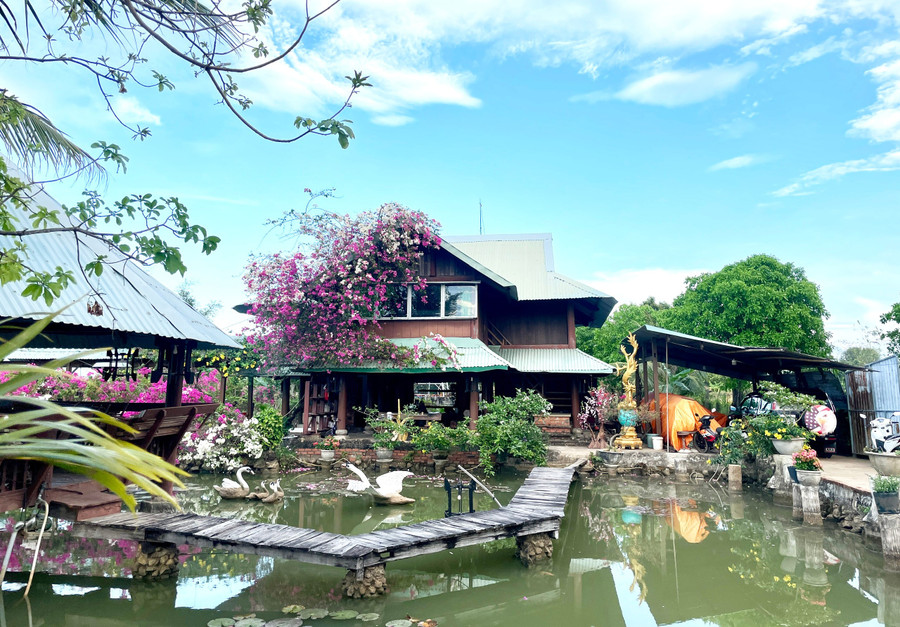
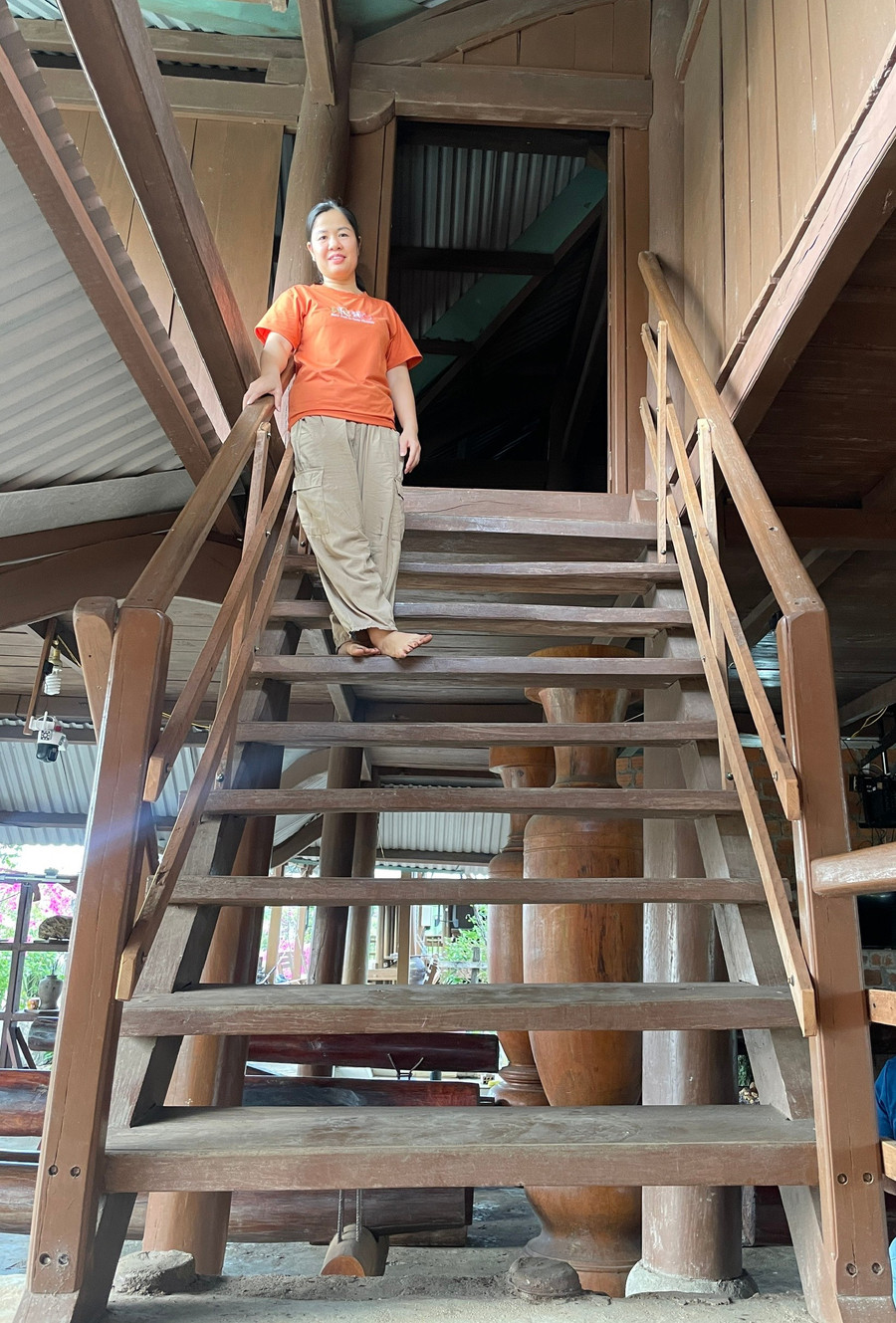
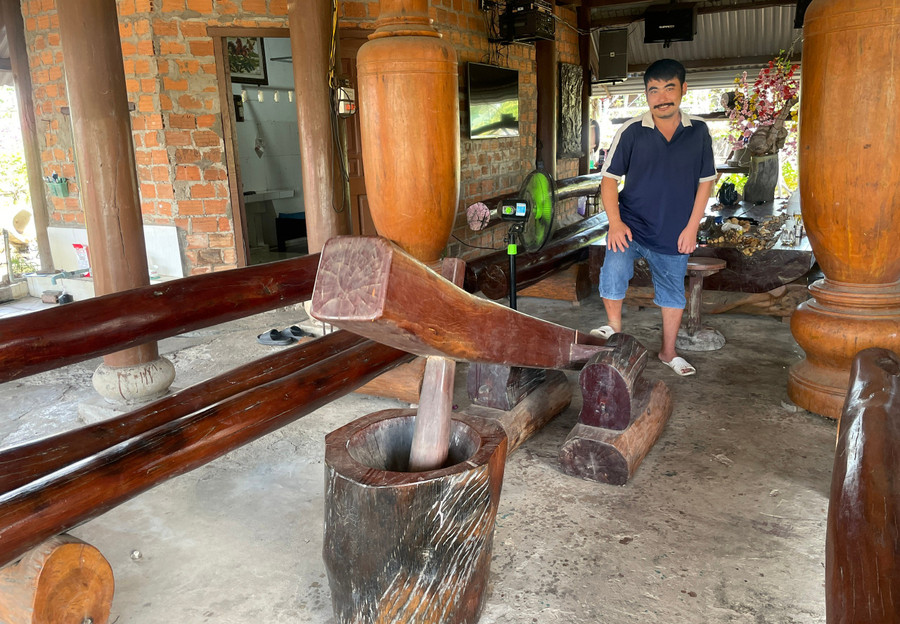











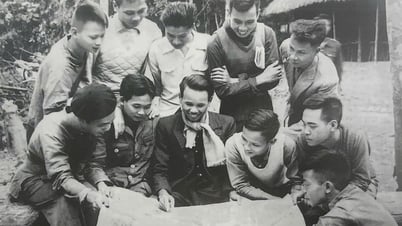









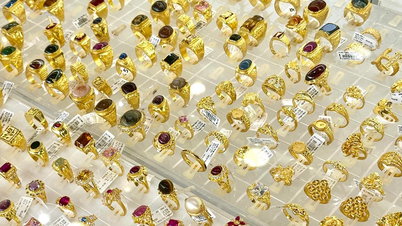


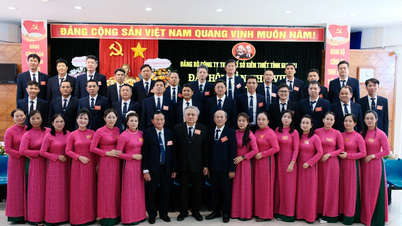
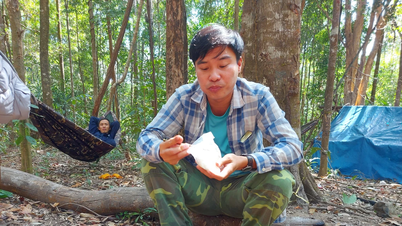

![[Photo] Overcoming the heat, practicing to prepare for the parade](https://vphoto.vietnam.vn/thumb/1200x675/vietnam/resource/IMAGE/2025/6/21/b93392e8da8243b8a32040d19590e048)



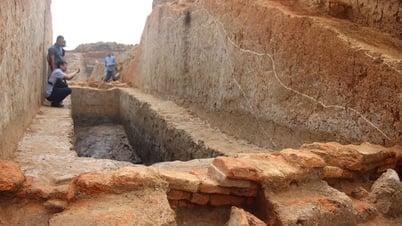























![[Maritime News] Wan Hai Lines invests $150 million to buy 48,000 containers](https://vphoto.vietnam.vn/thumb/402x226/vietnam/resource/IMAGE/2025/6/20/c945a62aff624b4bb5c25e67e9bcc1cb)






































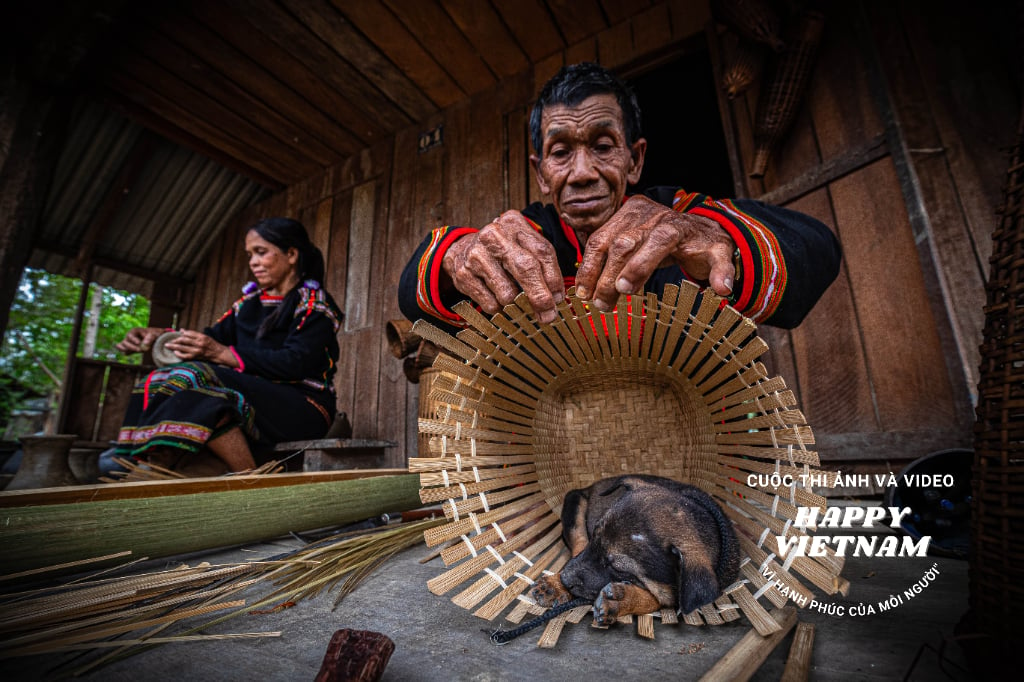
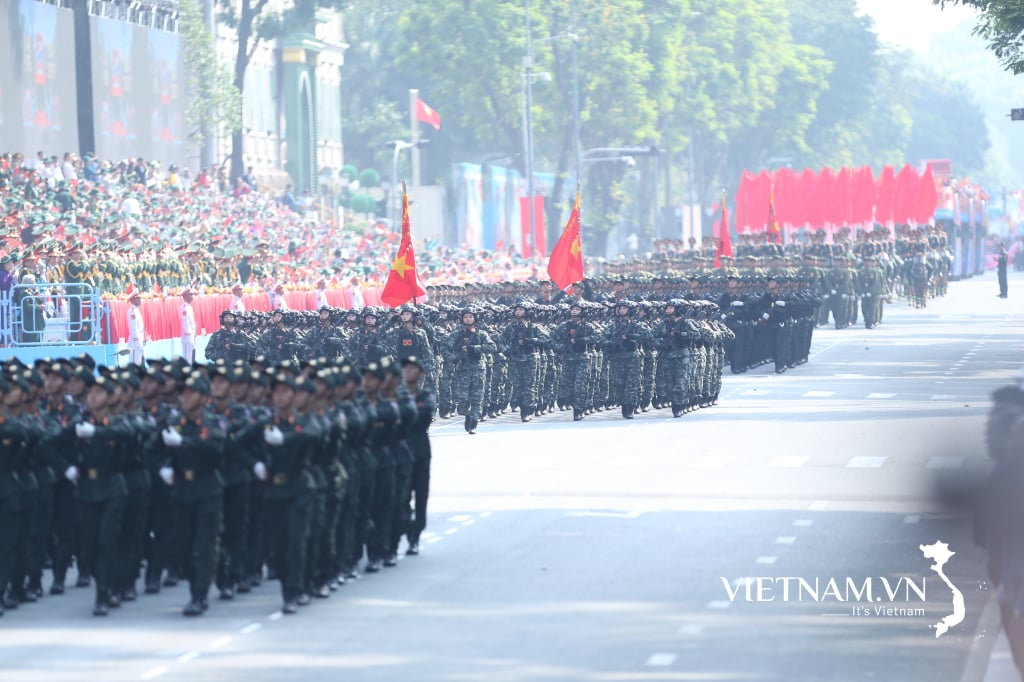
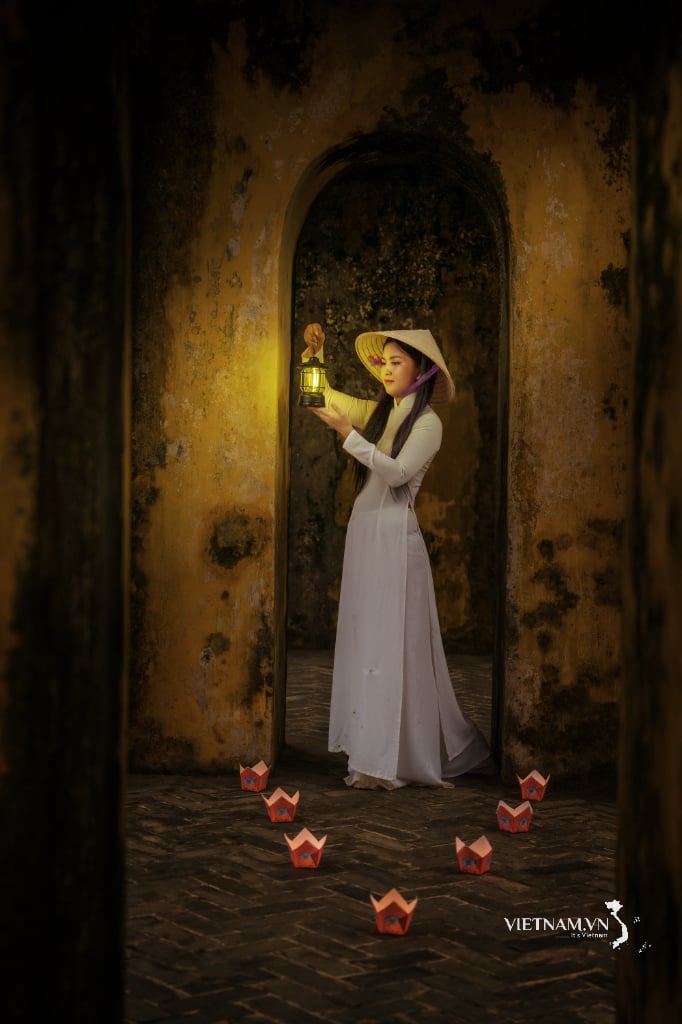
Comment (0)